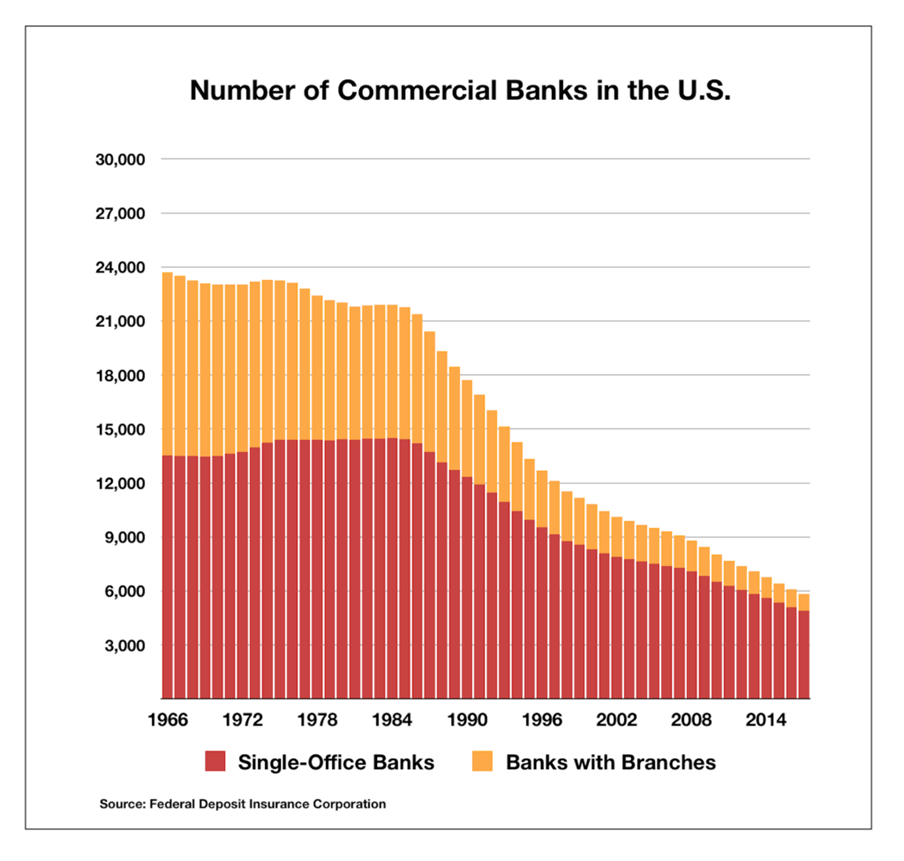“An economic foundation that was built on cheap money and debt.”
Bond and equity markets have collectively seen one of their worst years on record.
This may come as a shock to those who have followed mainstream financial outlets over the past two years, as everyday we were reminded of the “robust” recovery and “strong” labor market.
But our economy is far too dependent on central bank policy. Peter Boockvar is a financial analyst with the Bleakly Financial Group. He sums the problem up succinctly:
Markets and the economy… do well when the central banks are easing and cost of capital is cheap and the liquidity is flowing. But then it all reverses when they tighten monetary policy.
Boockvar adds that we are operating under “an economic foundation that was built on cheap money and debt.” Low interest rates, while incredibly stimulative for capital markets, have destroyed small/medium sized businesses and injured most banks.
Smaller banks without access to cheap liquidity must earn the old fashioned way - lending out deposits and capturing the spread. In the falling interest rate environment of the last 40 years, these spreads have become increasingly thin, which might explain why the number of banks in the US fell by 80% from 1980 to 2020.

Another consequence from decades of accommodative monetary policy is, according to Boockvar, the exponential increase in economic fragility that results from each subsequent easing cycle.
As interest rates remain low, businesses and households are able to borrow more. Then, when the Federal Reserve decides it is time to tighten, the large accumulation of debt means the economy cannot bear even moderately higher rates.
This dynamic is clearly represented in the historical Fed Funds Rate chart:

We see that since the 1980’s, when Volcker aggressively tightened into recession to tame inflation, each subsequent Fed tightening cycle was unable to reach its previous height before triggering a recession (indicated by the gray vertical lines).
This tightening cycle will be no different, and in fact may be worse.
According to Boockvar, “We’re just getting a rerun of the same movie we’ve seen many times before… This is a sequel with scarier characteristics,” due to inflation and rapid pace of the central bank’s response.
The US has not seen serious inflation since the early 1980’s. Will the Fed tighten through a recession? Listen to more of Peter Boockvar’s insights in his full interview here:

